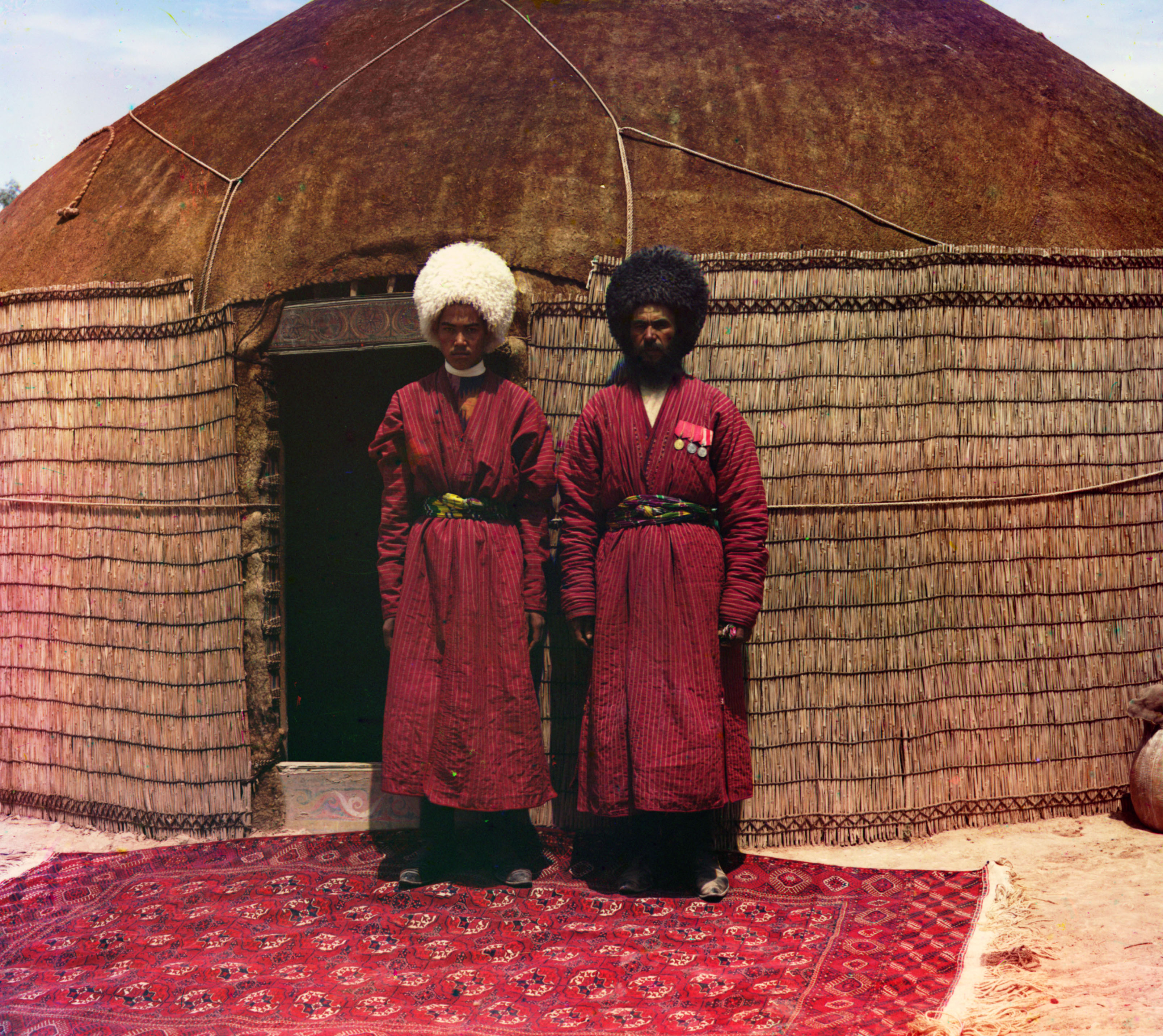|
Pakistan Carpet Manufacturers And Exporters Association
Pakistan Carpet Manufacturers and Exporters Association (PCMEA) was established in 1960 to run the affairs and work to promote carpet manufacturing industry of the country. The association is divided in two circles, Northern and Southern, with respective offices in Lahore and Karachi. The association has around 500 active members from all four provinces of the country. An executive body is elected every year comprising 24 members (12 from each circle). In 2014, Usman Ghani was elected the central chairman. Annual carpet exhibition PCMEA holds an annual carpet exhibition and invites international importers, retailers and buyers to attend the fair. PCMEA provides the foreign visitors with airfare and lodging to attend the fair that is normally held for 3 or 4 days. Here is a list of past exhibitions: See also * Pakistani rug * Chobi rug * Turkmen rug A Turkmen rug ( tk, Türkmen haly; or Turkmen carpet or Turkoman carpet) is a type of handmade floor-covering textile tradi ... [...More Info...] [...Related Items...] OR: [Wikipedia] [Google] [Baidu] |
Pakistani Rug
A Pakistani rug ( ur, پاکستانی قالین, translit=Pakistani Qaleen), also known as Pakistani carpet ( ur, پاکستانی فرش, translit=Pakistani Farsh), is a type of handmade floor-covering heavy textile traditionally made in Pakistan and is used for a wide variety of utilitarian and symbolic purposes. Rug/carpet weaving is an essential part of Pakistani culture and Pakistani art. History The art of weaving developed in the region comprising Pakistan at a time when few other civilizations employed it. Excavations at Moenjodaro and Harappa - ancient cities of the Indus Valley Civilization, Indus Valley civilization - have established that the inhabitants used spindles and spun a wide variety of weaving materials. Some historians consider that the Indus Valley civilization first developed the use of woven textiles.Ancient Textiles of the Indus Valley Region, by Jonathan Mark Kenoyer, published 2004 (in Tana Bana: The woven soul of Pakistan by Koel Publications, Ka ... [...More Info...] [...Related Items...] OR: [Wikipedia] [Google] [Baidu] |
Chobi Rug
Chobi rugs CHOBI is a widely used commercial term used for hand made carpets from Afghanistan and to a diminished extent in the NWFP region of Afghanistan/Pakistan border. This term has been used since the displacement and return of refugees during and after the Soviet Afghan war in the 1980s. The uprooting of weaving populations effected traditional all wool weaving which had previously been almost exclusively based on Turkmen designs with an all wool structure in red tones as expressed by Afghan carpets. ( NB Not to be confused with the imitative Pakistan poly-chrome products such as ' Princess Bokhara ' ) Strong demand for furnishing concepts from the west to produce Persian style patterns most notably the concept of Ziegler carpets proved a good commercial success and a well made robust product using increasingly cotton as a foundation resulted. Following a western lead in tase since late 1980s the business has since 2000 fallen to a considerable degree to being administered v ... [...More Info...] [...Related Items...] OR: [Wikipedia] [Google] [Baidu] |
Turkmen Rug
A Turkmen rug ( tk, Türkmen haly; or Turkmen carpet or Turkoman carpet) is a type of handmade floor-covering textile traditionally originating in Central Asia. It is useful to distinguish between the original Turkmen tribal rugs and the rugs produced in large numbers for export mainly in Pakistan and Iran today. The original Turkmen rugs were produced by the Turkmen tribes who are the main ethnic group in Turkmenistan and are also found in Afghanistan and Iran. They are used for various purposes, including tent rugs, door hangings and bags of various sizes. Traditional turkmen carpet making art has been inscribed on the Representative list of the Intangible Cultural Heritage of Humanity by the Intergovernmental Committee for the Safeguarding of Intangible Cultural Heritage of UNESCO in 2019. History A few centuries back, almost all Turkmen rugs were produced by nomadic tribes almost entirely with locally obtained materials, wool from the herds and vegetable dyes, or other ... [...More Info...] [...Related Items...] OR: [Wikipedia] [Google] [Baidu] |

